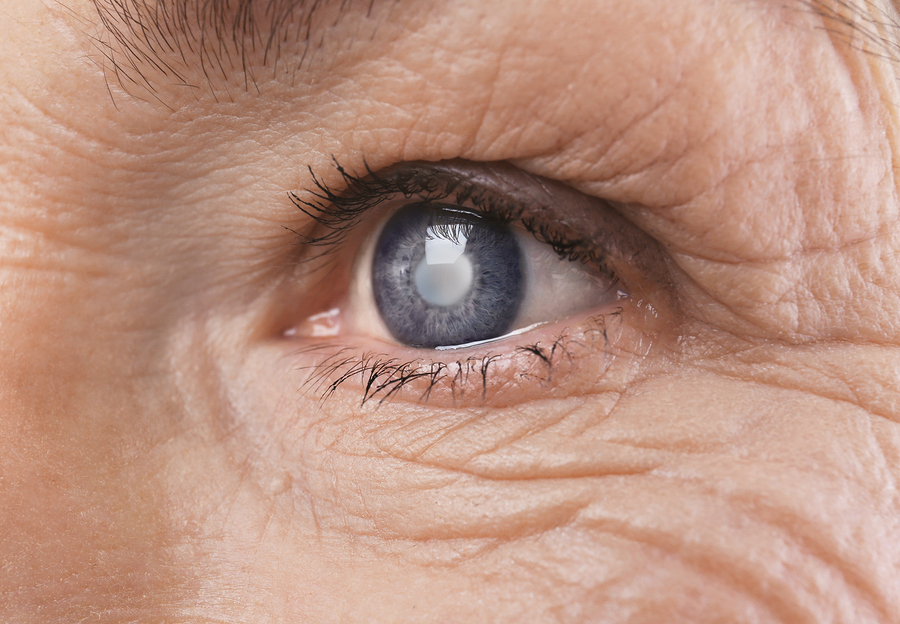Diabetic Retinopathy – Why You Should be Aware of It
People suffering from diabetes have to be especially careful about the condition of their eyes. Ideally, for diabetic patients, eyes need to be checked at least once annually. What they should be wary about is Diabetic Retinopathy. It is the most common form of diabetic eye diseases. It usually only affects people who have had diabetes (diagnosed or undiagnosed) for a significant number of years. The risk of developing diabetic retinopathy is known to increase with age as well with less well controlled blood sugar and blood pressure level.
Diabetic retinopathy occurs when changes in blood glucose levels cause changes in retinal blood vessels. In some cases, these vessels will swell up (macular oedema) and leak fluid into the rear of the eye. In other cases, abnormal blood vessels will grow on the surface of the retina. Unless treated, diabetic retinopathy can gradually become more serious and progress from ‘background retinopathy’ to seriously affecting vision and can lead to blindness. Diabetic retinopathy is caused by prolonged high blood glucose levels. Over time, high sugar glucose levels can weaken and damage the small blood vessels within the retina.

This may cause haemorrhages, and even swelling of the retina.
Like many conditions of this nature, the early stages of diabetic retinopathy may occur without symptoms and without pain. An actual influence on the vision will not occur until the disease advances.
Macular oedema can result from maculopathy and affect vision occurs if leaking fluid causes the macular to swell. New vessels on the retina can prompt bleeding, which can also block vision in some cases.
Symptoms may only become noticeable once the disease advances, but the typical symptoms of retinopathy to look out for include: Sudden changes in vision or blurred vision, Eye floaters and spots, Double vision, Eye pain

To ensure that you are not in the affecting range of this crippling problem, you need to get your blood glucose levels under control at all times. Regular blood tests are a must, followed by urine tests to detect the presence of protein. Lipid profile tests to check for triglycerides in the blood stream will also help to determine how much you are at risk.
It’s not all bleak actually! The positive part about retinopathy is that it is treatable to a large extent. It may be that you cannot reverse the process but you can certainly stop it in its flow. That is why annual checkups are so crucial. You can know about its lurking shadow and take steps to control it.
In advanced stages of diabetic retinopathy, laser treatment is effective. With lasers, blood vessels around the retina are targeted to stop them from leaking fluids. Options like injections or a surgery like vitrectomy is also on the cards for some cases. But you can actually prevent your case from escalating with proper treatment and controlled blood glucose levels.






